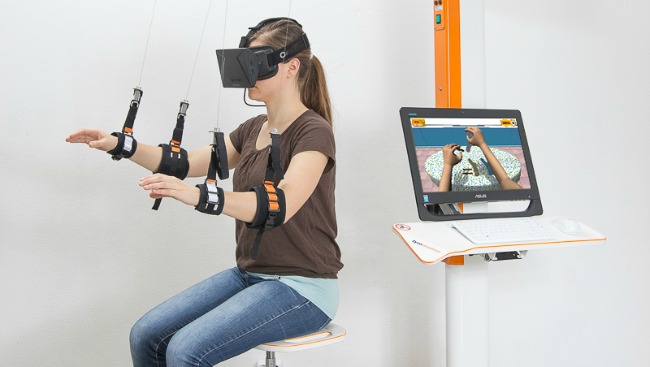In 2019, there was a study conducted with 28 patients with Parkinson’s disease (PD) that compared the difference in therapy progress between those who received traditional rehabilitation in comparison to virtual reality (VR) rehabilitation. The study showed that the patients that engaged in VR rehab made considerable gains as compared to the patients that engaged in traditional rehab.
Virtual reality, though it gained its start in the realm of gaming, is translating to the field of healthcare and physical therapy to offer patients an immersive experience in which they can perform fun activities or games in sync with their required routines and therapies.
Benefits from VR rehabilitation include: Improved long-term adherence (to home-exercise (HEPs) protocols), increased desire to engage in rehabilitation, and improved clinical oversight.
Current VR rehabilitation platforms and technologies already exist on the market such as Corpus VR, XR Health, and Exer Physio.
Analysis
Understanding the different types of technology being integrated into rehabilitation processes is crucial in thinking about how the Neurolife sleeve can work with or fill in gaps with technology already existing in rehabilitation processes.
VR as a visual means of gamification to enhance rehab through clinician oversight and improve engagement through fun and play provides a new means of thinking and addressing the effectiveness of rehab.
How VR or AR might come into play with the Neurolife sleeve is up for contemplation; however, the insight here is that visual cues or guidelines to follow rehab, the engagement of patients through fun and play, and a means of clinician oversight/feedback is something to consider as subsystems or peripherals to potentially work in conjunction with the sleeve.




